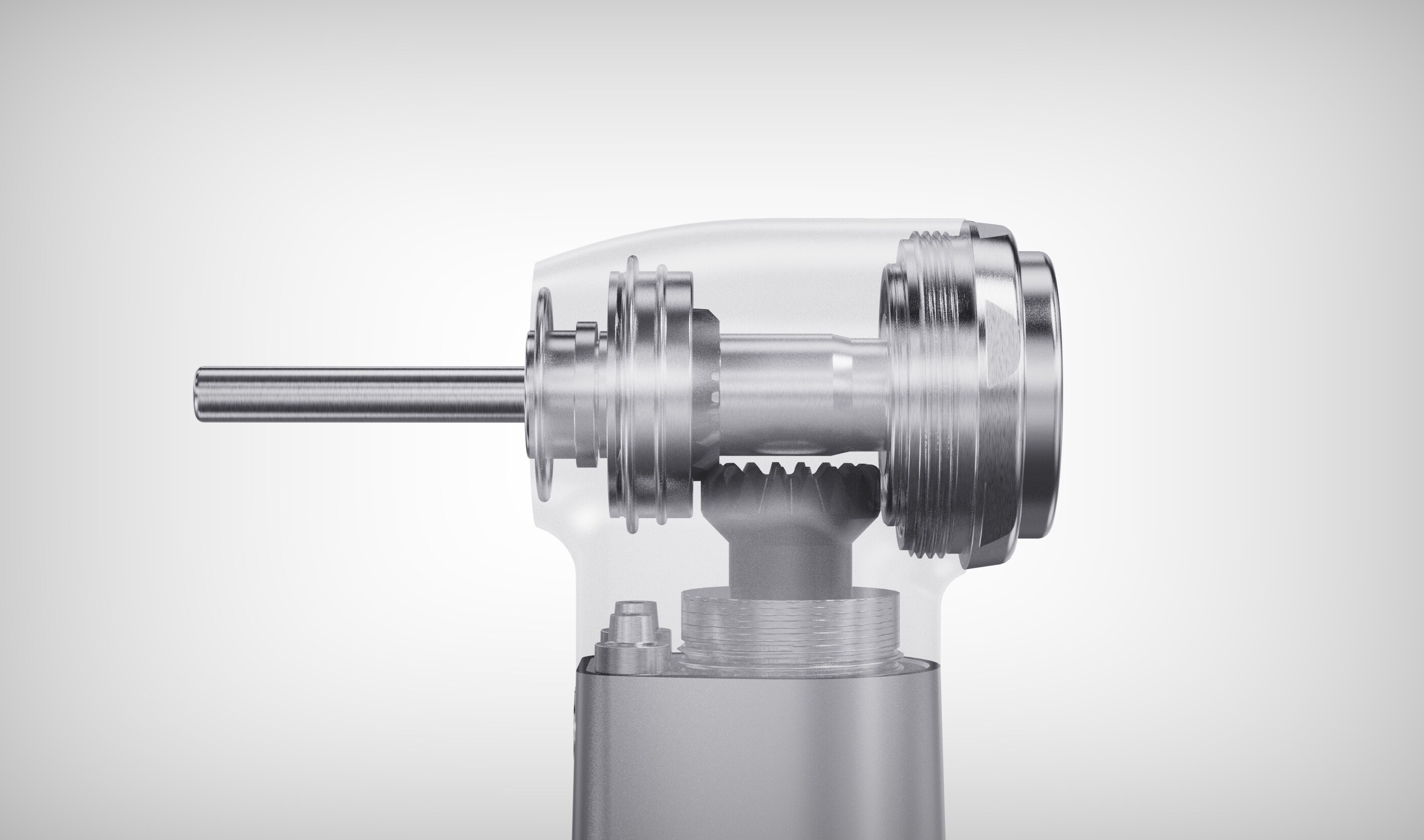Erro de formato de e-mail
emailCannotEmpty
emailDoesExist
pwdLetterLimtTip
inconsistentPwd
pwdLetterLimtTip
inconsistentPwd

Notícias
Aqui, você pode descrever uma peça de texto que deseja expressar.

Uso correto de peças de mão
O princípio de trabalho do odontológicopeça de mão de alta velocidadeé acionado por ar comprimido para acionar a roda do vento para girar em alta velocidade, acionando assim a agulha dental para completar a perfuração e a moagem dos dentes. De acordo com o padrão internacional do produto (ISO7785-1), uma peça de mão com velocidade de rotação ≥ 160000 rpm pode ser chamada de peça de mão de alta velocidade dentária.
A peça de mão é um instrumento médico dental muito preciso. Se ele pode ser usado e mantido corretamente, afetará diretamente a vida útil da peça de mão. Isso exige que os usuários de peças de mão dominem o uso e a manutenção corretos de peças de mão.

Uso correto depeça de mãos
A abordagem correta
Como o rolamento da peça de mão é muito pequeno, ele não pode suportar muita força, de modo que o método de avanço deve ser usado o máximo possível, e a broca de impacto não deve ser usada com pressa. Métodos incorretos podem causar danos ao rolamento em um tempo muito curto, especialmente ao preparar os dentes magnéticos assados.
Selecione o aplicável agulha
As agulhas usadas para peças de mão com diferentes funções, recursos e velocidades rotativas têm certos requisitos. As agulhas que atendem à velocidade rotativa da peça de mão devem ser usadas. Não use agulhas dobradas, tremendo, desgastadas ou muito longas ou muito curtas, especialmente mini peças de mão. O comprimento total das agulhas (incluindo alças) não pode exceder 17 mm. O diâmetro da agulha deve estar entre 1,592 e 1,6 mm ao usar o aparelho da agulha de aperto da glândula. Se o diâmetro da agulha for inferior a 1,59 mm, ele voará devido ao aperto inseguro, resultando em acidentes médicos.
Correto lubrificação
Primeiro de tudo, o óleo lubrificante qualificado deve ser selecionado. Atualmente, alguns "lubrificantes de limpeza de peças de mão de baixo custo no mercado são feitos de óleos industriais de baixa qualidade, que causam grandes danos aos rolamentos da peça de mão. Em segundo lugar, durante o uso normal, adicione o óleo lubrificante para limpeza pelo menos duas vezes por dia e limpe e lubrifique a peça de mão antes e após a esterilização.
Ingestão adequada pressão
Se a pressão da entrada de ar estiver muito baixa, a velocidade e o torque do aparelho serão muito baixos, o que afetará a operação normal. Se a pressão estiver muito alta, o rolamento será danificado rapidamente. A pressão de entrada de ar correta é de 0,20 - 0,25MPa. A pressão de entrada de ar correta refere -se à pressão medida no conector de entrada de ar na parte traseira da peça de mão, não a pressão do manômetro na tabela de tratamento. Há uma pequena diferença entre os dois. Devido à perda de pipeline, a pressão do medidor do medidor de pressão na tabela de tratamento é maior que a pressão de entrada da peça de mão.

